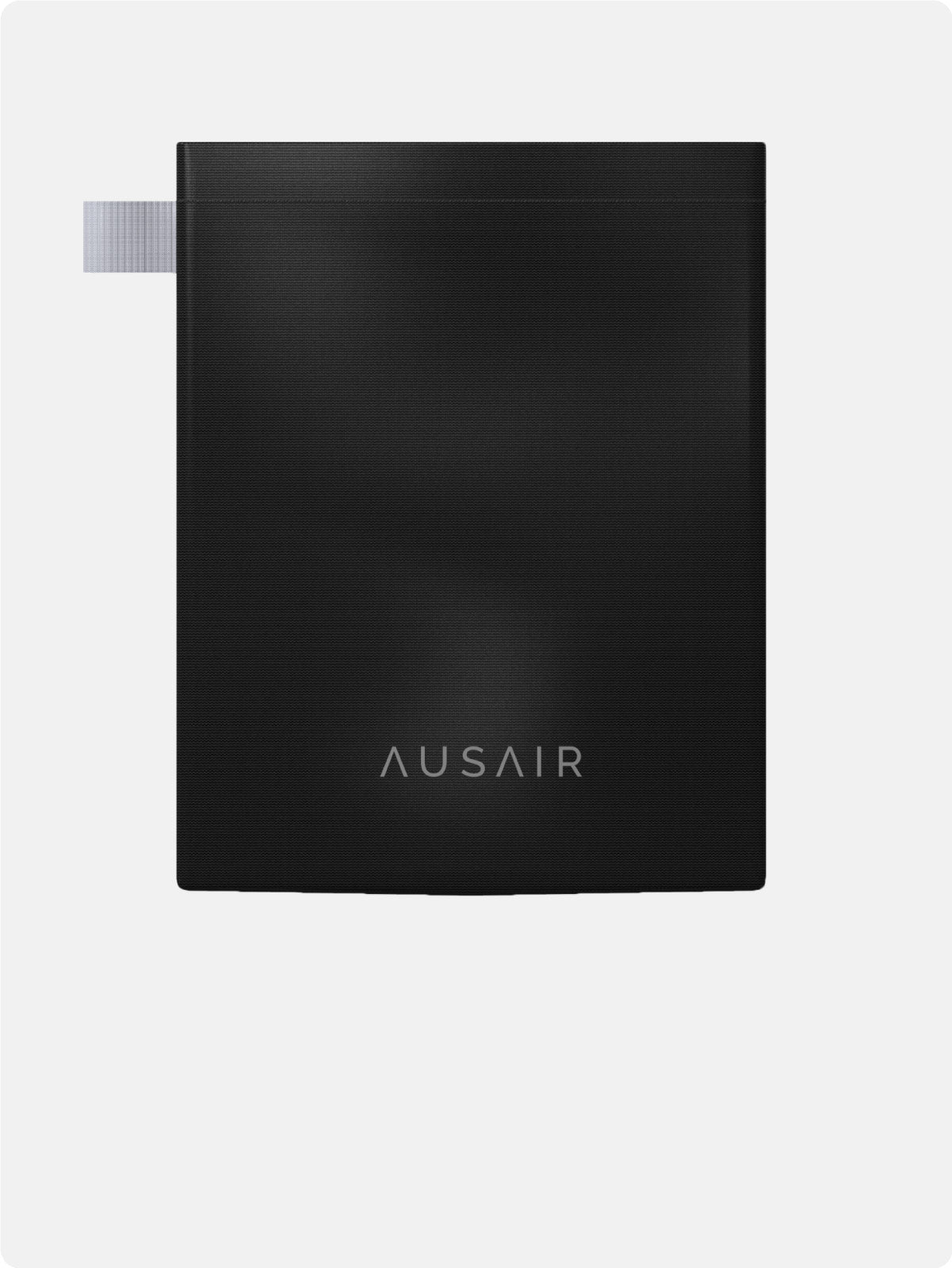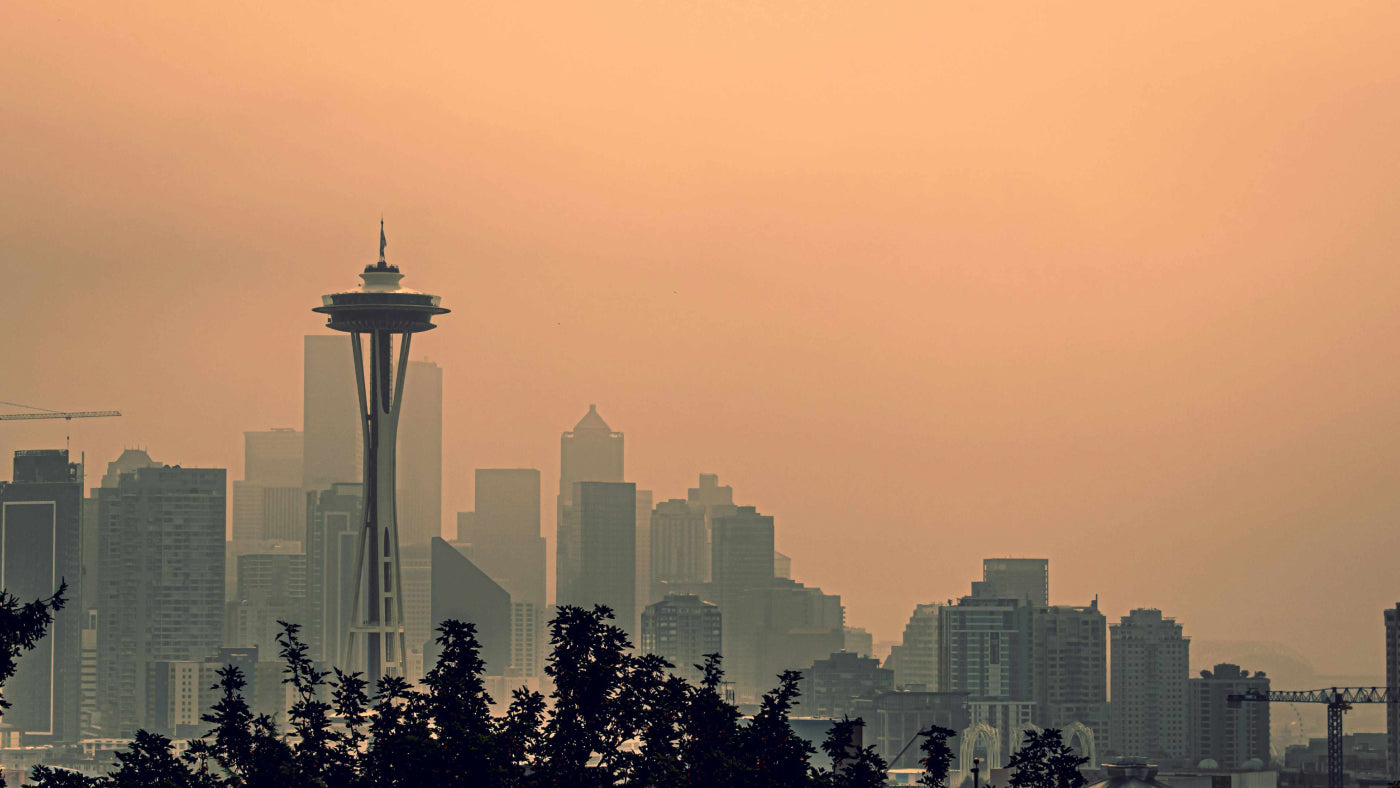Examining the Impact of Bushfires on Air Quality
The aftermath of wildfires extends beyond the immediate devastation, unraveling a cascade of consequences that significantly affect air quality. The emanation from these fiery events consists of a complex amalgamation of carbon dioxide and various pollutants, resulting in the degradation of the local atmosphere. The ensuing plumes of smoke, intricately composed of gases and fine particles arising from the combustion of wood and organic materials, contribute to the intricate texture of the air. Notably, this smoke, driven forcefully by the wildfire, not only impacts proximate regions but also permeates areas situated hundreds of miles away, exacerbating a widespread decline in air quality.
Unpacking the Broader Health Hazards Stemming from Wildfire Smoke
The health toll of wildfire smoke extends far beyond the immediate vicinity of the blazes, with a staggering estimated global count of 340,000 premature deaths annually—surpassing the direct casualties of the fires themselves. The insidious nature of wildfire smoke transcends geographic boundaries, affecting both those residing close to the flames and individuals living at considerable distances. The minuscule particles suspended in the smoke, often proven to be ten times more detrimental to human health than soot from various other emissions sources, infiltrate the eyes and respiratory system. This intrusion manifests in a spectrum of health issues, ranging from the irritation of eyes and runny noses to more severe conditions such as bronchitis. Additionally, these particles can exacerbate pre-existing chronic heart and lung diseases, introducing an additional layer of concern to the already grave impact of wildfires.
Navigating the Ongoing Threat: Strategic Measures Against Smoke Inhalation
In the face of these extensive health risks, the implementation of effective respiratory protection becomes paramount, particularly for individuals at an elevated risk of particle-related health effects. Testimonies from residents in wildfire-affected areas underscore the vital importance of employing smoke masks during wildfire seasons, substantially mitigating the adverse health effects linked to smoke inhalation. Masks, such as those offered by AusAir, with a filter efficiency surpassing 95% at a 0.3μm particle size, emerge as stalwart defenders against PM2.5 pollution. These masks prove highly effective not only for individuals residing directly in the line of wildfire impact but also for those living in areas not directly affected by the flames. Such proactive measures play a pivotal role in preventing smoke inhalation and fortifying respiratory health amid the evolving challenges posed by environmental factors.
















Leave a comment
All comments are moderated before being published.
This site is protected by hCaptcha and the hCaptcha Privacy Policy and Terms of Service apply.